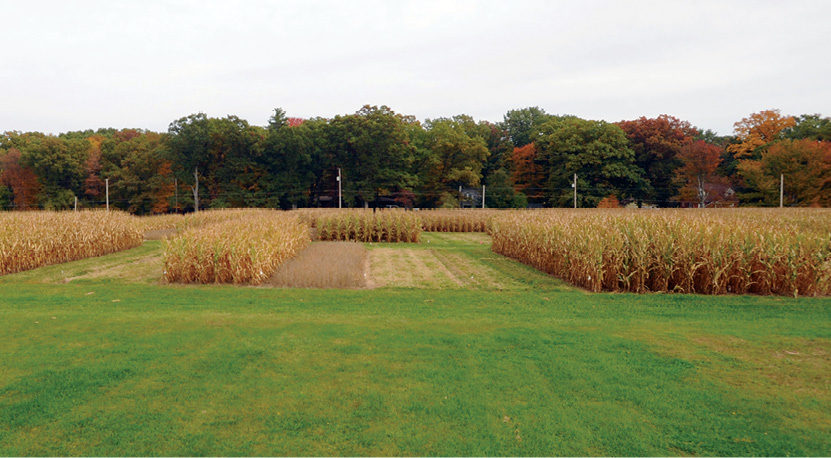No-Till Farmer
Get full access NOW to the most comprehensive, powerful and easy-to-use online resource for no-tillage practices. Just one good idea will pay for your subscription hundreds of times over.

Had two young researchers listened to the ridicule and scorn they faced 5 decades ago, no-till farming might not have grown as much as it has.
Instead of heeding skeptics, weed scientist Glover Triplett and soil physicist David Van Doren initiated experimental no-till plots in Wooster, Ohio, in 1962 with the support of The Ohio State University.
Currently under the auspices of the university’s Ohio Agricultural Research and Development Center (OARDC), the Wooster site — along with the Western and Northwest ag research stations in Hoytville and South Charleston — are considered the longest continuously maintained no-till plots in the world.
For more on this topic, see “YOUR NO-TILL HISTORY: World’s Longest Continuing No-Till Plots at Ohio State Hit 60 Years”
But the first question tackled by Triplett and Van Doren at Wooster was the most basic.
“They just wanted to know if we could grow a crop without tillage because people said it was impossible,” says Warren Dick, a professor at Ohio State who’s been doing research on the long-term plots since the 1980s. “Conservation tillage was still a relatively new idea, even though it came out of the Dust Bowl era.
“As you went east of the Mississippi River, everybody was still plowing. It…